The concept of dinosaurs, often portrayed as lumbering giants driven purely by instinct, has been steadily challenged in recent decades. Paleontology is moving beyond simply documenting bone structures and fossil footprints to actively investigating the cognitive capabilities of these extinct creatures. Recent discoveries are suggesting a level of behavioral complexity previously unimaginable, forcing us to reconsider the intelligence spectrum of the Mesozoic Era. This exploration seeks to delve into the evidence – both direct and inferred – to assess whether dinosaurs possessed the capacity for recognizing individuals and retaining memories.
The study of dinosaur intelligence is inherently complex. We are reliant on indirect evidence, primarily fossilized braincases and behavioral inferences based on trackways and nesting sites. However, advancements in CT scanning and 3D modeling allow us to estimate brain size and shape with increasing accuracy. Coupled with a growing understanding of animal cognition in living species – particularly birds, as dinosaurs are directly ancestral to them – researchers are building a framework for understanding dinosaurian thought processes. Ultimately, the question isn’t simply could they have been intelligent, but how intelligent were they?
Brain Size and Cerebral Morphology
One of the most commonly cited indicators of intelligence is brain size relative to body size. While enormous sauropods undoubtedly had large brains, it’s the smaller theropods, particularly those closely related to birds, that are generating the most excitement. Many theropods, like Deinonychus and Velociraptor, exhibited remarkably high brain-to-body ratios for their size. These ratios rivaled those of small mammals and even some modern birds.
However, simply comparing brain size isn’t enough. The shape of the brain is equally crucial. CT scans reveal that dinosaur brains possessed a relatively large cerebellum, the part of the brain associated with motor control and coordination - suggesting a level of procedural learning and potentially even fine-tuned motor skills. Furthermore, there’s evidence of a developed neocortex in some theropods, the region responsible for higher-order thinking, including recognition and memory. This, combined with the complex hunting strategies observed in some dinosaur tracks, paints a picture of a creature capable of more than simple reaction.
Crucially, the correlation between brain size and intelligence isn’t always linear. A larger brain doesn’t automatically equate to a smarter animal. Factors like neural connectivity and organizational structure play vital roles, and dinosaurs likely developed these features differently than modern mammals. Analyzing the structure of their brains – and how they were connected – remains a primary focus of ongoing research.
Dinosaur trackways – patterns of footprints left in sediment – provide invaluable insights into their social behavior and potentially, their ability to recognize other individuals. Certain trackways show clear evidence of herding behavior, suggesting a coordinated response to threats or foraging opportunities. The complexity of these groupings, with individuals moving in specific patterns, suggests a level of communication and awareness of each other’s presence.
More compellingly, some trackways demonstrate what appears to be targeted pursuit of individual prey – a strategy that requires sophisticated tracking skills. The pacing and spacing of the tracks, along with the direction of movement, suggest an active attempt to follow a specific animal, rather than simply reacting to a general movement. This level of directed hunting indicates a capacity to remember the position and trajectory of a target, a critical component of both recognition and memory.
Analyzing the speed and coordination of individuals within a trackway also allows researchers to assess potential social hierarchies or learned behaviors. For example, the presence of a “lead” individual, consistently setting the pace and direction of the group, suggests a degree of dominance and influence, likely honed through observation and learning within the social group.
Nesting and Parental Care – Memory and Learning
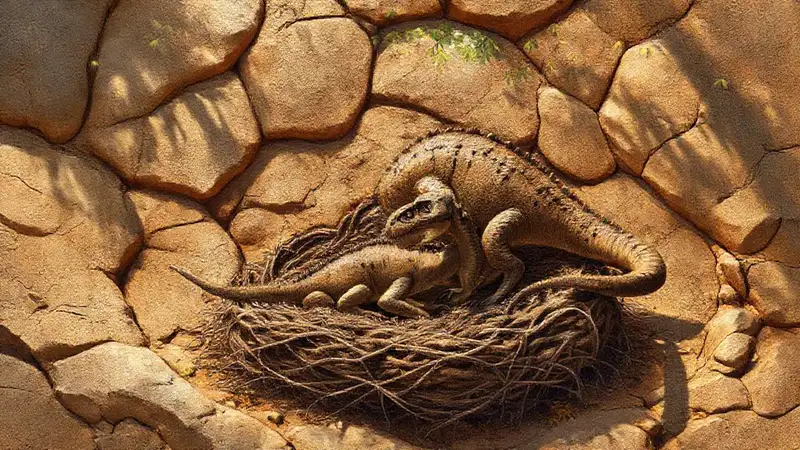
Dinosaur nesting sites, remarkably well-preserved in some locations, offer further evidence of cognitive abilities. The construction of elaborate nests, sometimes with protective structures built around them, demonstrates a level of planning and foresight. Furthermore, fossilized eggs often show evidence of being deliberately covered or protected from predators, suggesting parental care.
Evidence points toward extended parental care, including guarding nests and defending young from threats. This requires not only recognizing the young as their offspring but also remembering their presence over extended periods. The repetitive nature of these behaviors implies a degree of memory – remembering the location of the nest, the patterns of predator activity, and the specific needs of the young. This parental investment is a cornerstone of social intelligence in many animal species today.
The presence of juvenile dinosaurs often associated with adult individuals in nesting sites suggests that young dinosaurs learned survival skills by observing and imitating their parents. This observation-based learning highlights the importance of social learning in dinosaur cognitive development – a vital component of recognizing and remembering behavior.
Behavioral Reconstruction and Analogies with Birds
Ultimately, reconstructing dinosaur behavior requires drawing analogies with living animals, particularly birds, their direct descendants. Modern birds exhibit a remarkable range of cognitive abilities, including tool use, complex vocalizations, and intricate social structures. Many theropod dinosaurs, especially those closely related to birds, shared skeletal features and developmental pathways with modern avian species, suggesting similar cognitive capabilities.
Considering the evidence—brain size, trackways, nesting sites, and phylogenetic relationships—strongly suggests that some dinosaurs were capable of recognizing individuals and retaining memories. While the precise extent of their intelligence remains debated, the picture is shifting dramatically. Ongoing research utilizing increasingly sophisticated techniques promises to reveal even more about the cognitive lives of these incredible creatures, pushing the boundaries of our understanding of dinosaurian history.
Conclusion
The prevailing view of dinosaurs as merely mindless reptiles is rapidly fading. The evidence – from brain morphology to behavioral inferences – increasingly indicates that at least some dinosaur groups possessed a surprising degree of cognitive ability. It’s becoming increasingly clear that understanding dinosaur intelligence requires a shift in perspective, moving beyond simplistic assumptions and embracing the complexity of evolutionary history.
As paleontological research continues to advance, we can anticipate even more groundbreaking discoveries that illuminate the mental lives of these extinct giants. The ability to recognize and remember individuals, a fundamental aspect of animal cognition, is likely just the tip of the iceberg, hinting at a richer and more nuanced understanding of dinosaurian intelligence than we previously imagined.
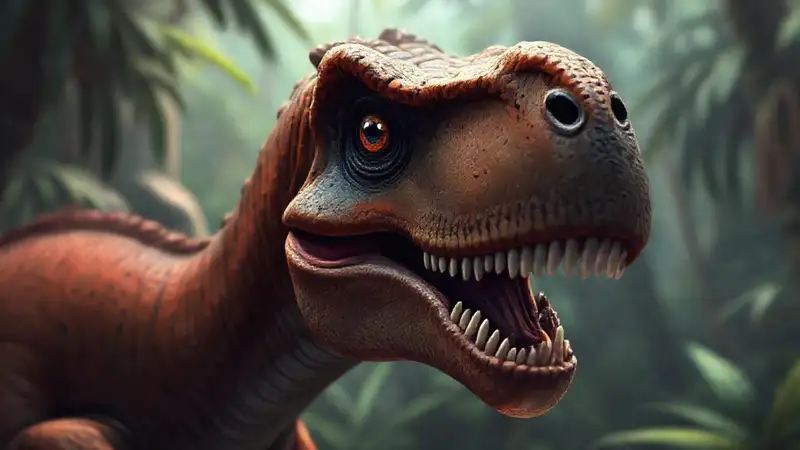
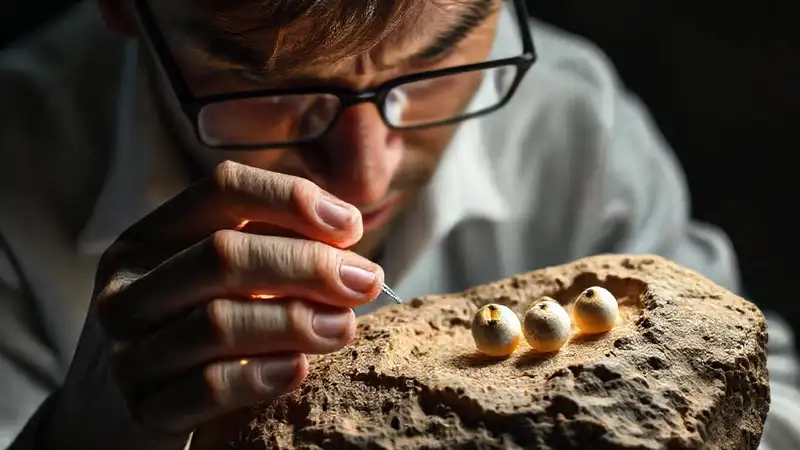
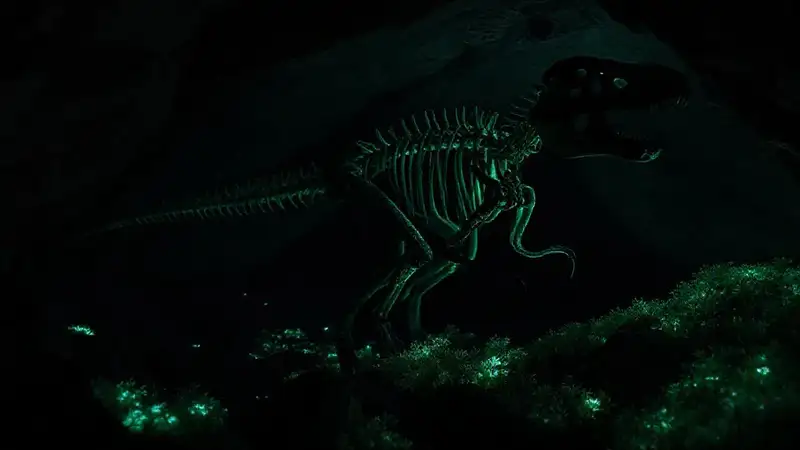
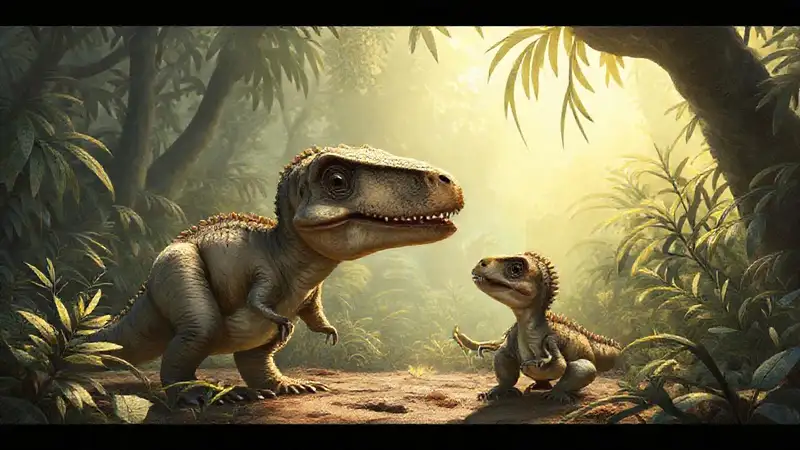
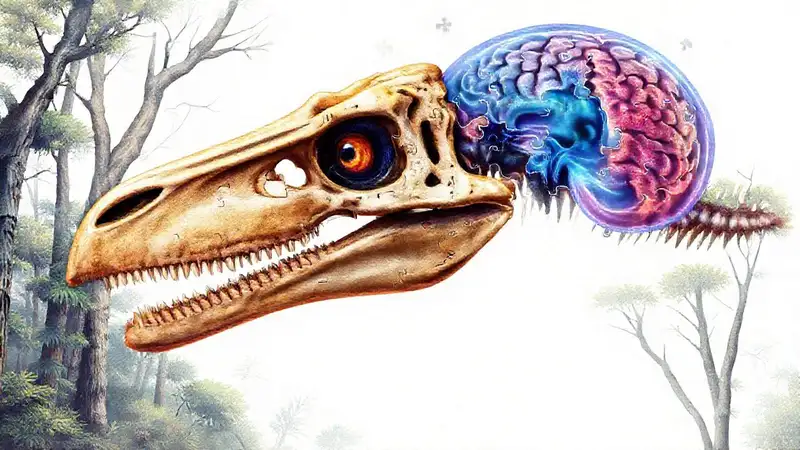
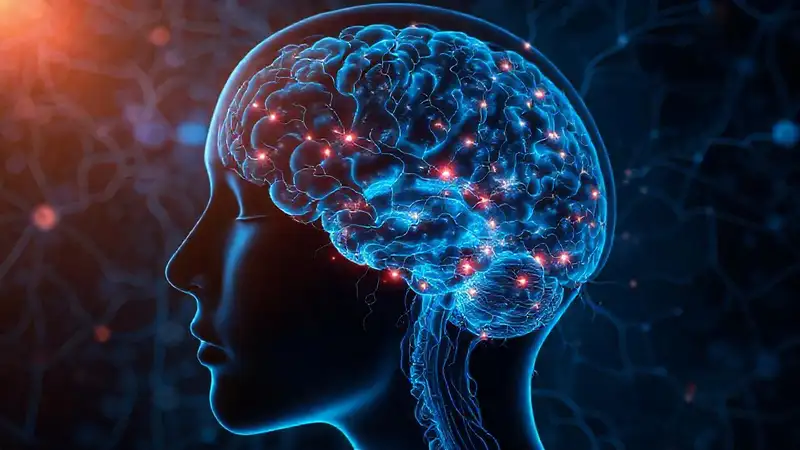
Deja una respuesta